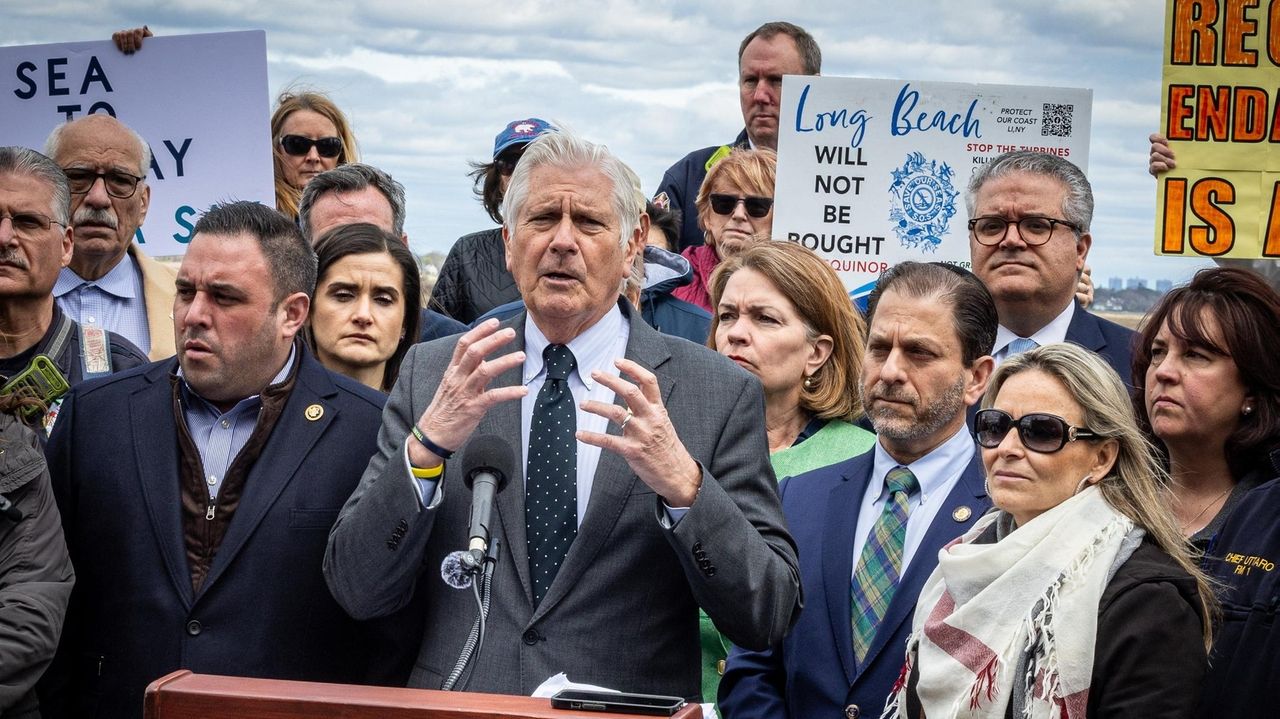U.S. Eyes Request To Extract South Pacific Ocean Minerals Near Samoa
Photo of American Samoa.
gettyFor the first time in 30 years, the U.S. Department of the Interior plans to consider a lease to extract minerals in the U.S. Outer Continental Shelf with a focus on South Pacific waters around American Samoa.
Interior Secretary Doug Burgum announced the lease request on May 20. “Critical minerals are fundamental to strengthening our nation’s resilience and safeguarding our national interests. By providing opportunities to responsibly access deep-sea mineral resources, we are supporting both American economic growth and national security,” he noted in a statement.
The Interior Department has oversight of 3.2 billion acres of the Outer Continental Shelf as well as the territory of American Samoa. First ceded to the U.S. in 1900, American Samoa had been under the U.S. Navy until being transferred in 1956 to the Interior Department.
The Bureau of Ocean Energy Management was asked in April by a California-based company called Impossible Metals for a lease sale.
This development by the Interior Department is to advance President Donald Trump’s Executive Order issued a month earlier called “Unleashing America’s Offshore Critical Minerals and Resources.”
Coral on the ocean floor in American Samoa.
gettyReacting to Trump’s order was the International Seabed Authority. Its Secretary-General Leticia Reis de Carvalho issued a statement April 30 about the order and a request that followed shortly afterward by The Metals Company USA (under a Canadian parent company) to National Oceanic and Atmospheric Administration for two exploration licenses and one commercial recovery permit under the Deep Seabed Hard Mineral Resources Act.
Carvalho stated that the Executive Order about deep-seabed mineral resources raised concerns “because while the Order primarily addresses domestic political and policy matters, its reference to applicability in areas beyond national jurisdiction becomes a matter of the rule of law within the global ocean governance framework known as UNCLOS (United Nations Convention on the Law of the Sea); concerns made more severe by the fact that the recent permit request is for mining in the deep sea outside of the jurisdiction of the United States.”
The order discusses minerals and resources within the U.S. seabed and ocean floor, but beyond American waters are areas within “the common heritage of humankind. This means that we are all stakeholders to what happens in the deep sea. It also means that any unilateral action not only threatens this carefully negotiated treaty, and decades of successful implementation and international cooperation, but also sets a dangerous precedent that could destabilize the entire system of global ocean governance,” Carvalho added.
Consequently, the Bureau of Ocean Energy Management will publish a request for information and interest in the Federal Register to consider the request.
“This notice will seek input from the Indigenous Island community, ocean users, industry stakeholders, government agencies and the public. Feedback will help inform BOEM’s assessment of geologic conditions, potential environmental and cultural impacts and the multiple uses of the area, such as navigation and fishing,” according to the Interior Department’s announcement. “BOEM will also ensure full compliance with all applicable laws, including the National Environmental Policy Act, the Endangered Species Act, and the National Historic Preservation Act.”
Like BOEM, NOAA posts notices in the Federal Register seeking public input on permits and applications. These processes enable the public and other stakeholders to share their support or opposition.
In another related development in April, Burgum announced the public release of the “U.S. Geological Survey Global Seabed Mineral Resources.” The new federal guide was issued to promote critical seafloor minerals within U.S. waters that can be used in batteries, stainless steel and other manufacturing.









